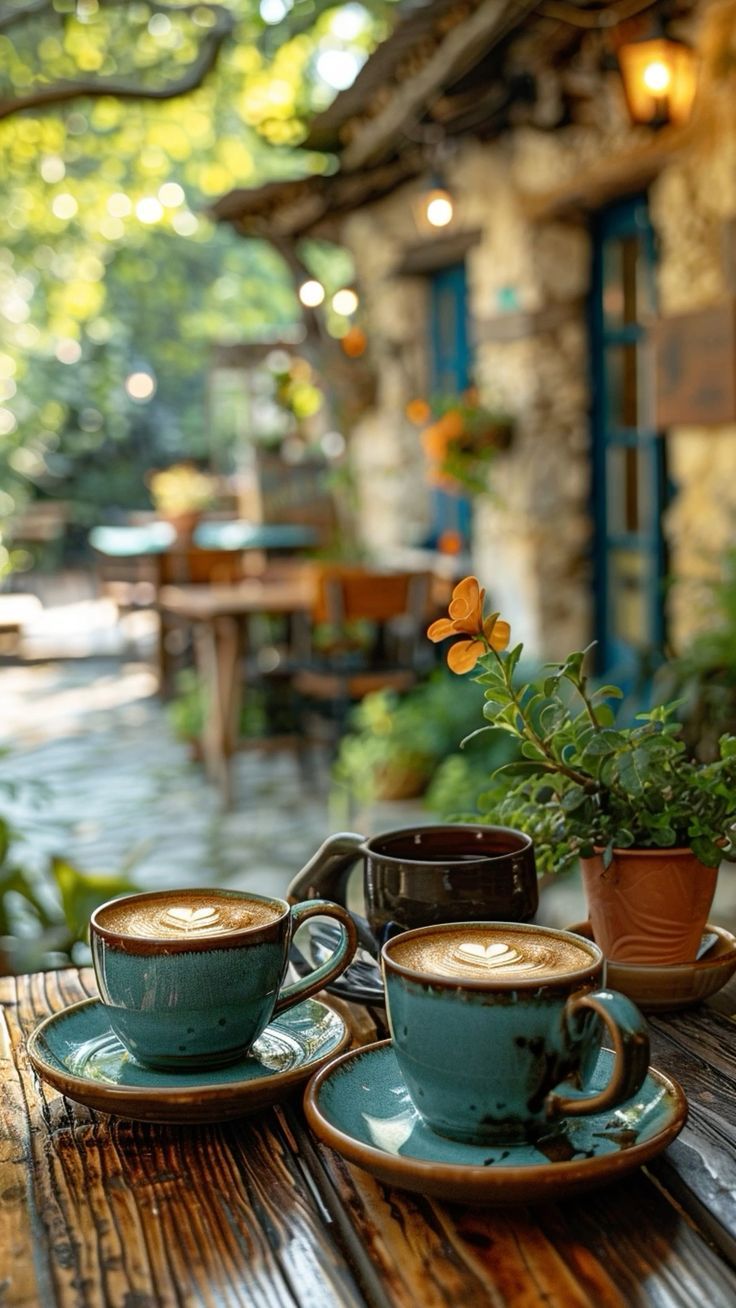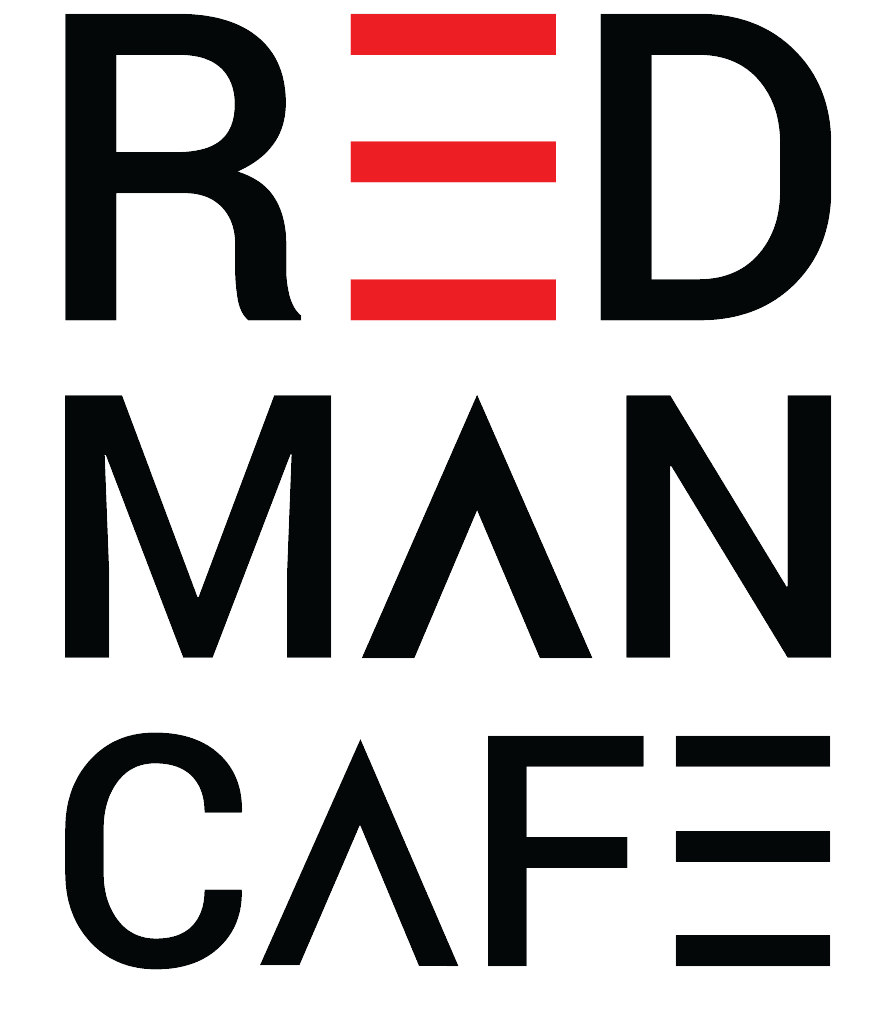The First Specialty Café in the World — And How It Sparked a Global Trend

From a single origin to a worldwide movement.
What is a Specialty Café?
Before we dive into history, let’s clarify what defines a specialty café. It’s not just about good coffee—it’s about traceability, craftsmanship, ethical sourcing, and precision brewing. Specialty cafés highlight the origin of the beans, the art of the barista, and the experience of the customer. Each cup is treated with reverence, like wine from a fine vineyard.
The Birthplace of the Movement: Peet’s Coffee & Tea – Berkeley, California (1966)
Most coffee historians agree that Peet’s Coffee, founded by Alfred Peet in 1966 in Berkeley, California, planted the first real seed of what we now call specialty coffee culture.
Alfred Peet—born in the Netherlands—brought European roasting techniques to the U.S. and revolutionized the game by:
- Sourcing high-quality Arabica beans directly from producers
- Roasting in small batches for flavor, not shelf life
- Teaching a new generation of roasters (including Starbucks’ founders)
- Educating customers about flavor notes, brewing methods, and bean origins
“Coffee can be dark and rich—not bitter and burnt,” Peet often said. He proved that great coffee begins with respect for the bean.
How the Trend Spread
1. West Coast USA → Starbucks → Global Curiosity
Peet mentored the original Starbucks team, who adapted his model but scaled it commercially. While Starbucks popularized espresso culture globally, true specialty cafés evolved as a reaction to mass-market coffee—offering depth over convenience.
2. Third Wave Coffee Movement (Early 2000s)
Pioneers like Stumptown (Portland), Intelligentsia (Chicago), and Blue Bottle (Oakland) began focusing on:
- Direct trade with farmers
- Sustainability and transparency
- Slow-brewing techniques (V60, Chemex, siphon)
- Latte art and barista mastery
The café became a temple of taste, not a fast stop.
Europe Joins the Revolution
Though coffee has ancient roots in European culture, specialty cafés as we now know them arrived later—around the mid-2000s, first in London, then Scandinavia, and soon Berlin, Paris, Tbilisi, and beyond.
Today, cities across Europe boast cafés that:
- Highlight the origin and variety of beans
- Serve brews by method (aeropress, V60, espresso)
- Collaborate with local artists, designers, and chefs
- Embrace minimalist interiors and creative events
Enter: Red Man Cafe, Tbilisi
Red Man Cafe proudly carries the spirit of this global movement—with a local soul. More than just excellent coffee, Red Man offers:
- Curated digital art
- A cozy, conceptual space
- A venue for conversation, culture, and community
Because for us, coffee is only the beginning of the experience.
Final Sip
From a small roaster in Berkeley to boutique cafés in Tokyo, Berlin, and Tbilisi, specialty coffee has become a global language. A language of sustainability, detail, creativity—and most importantly, connection.
Whether you’re sipping a single-origin Ethiopian brew or a Red Man espresso tonic, remember: you’re part of a tradition that began with one person deciding that coffee could—and should—be better.
